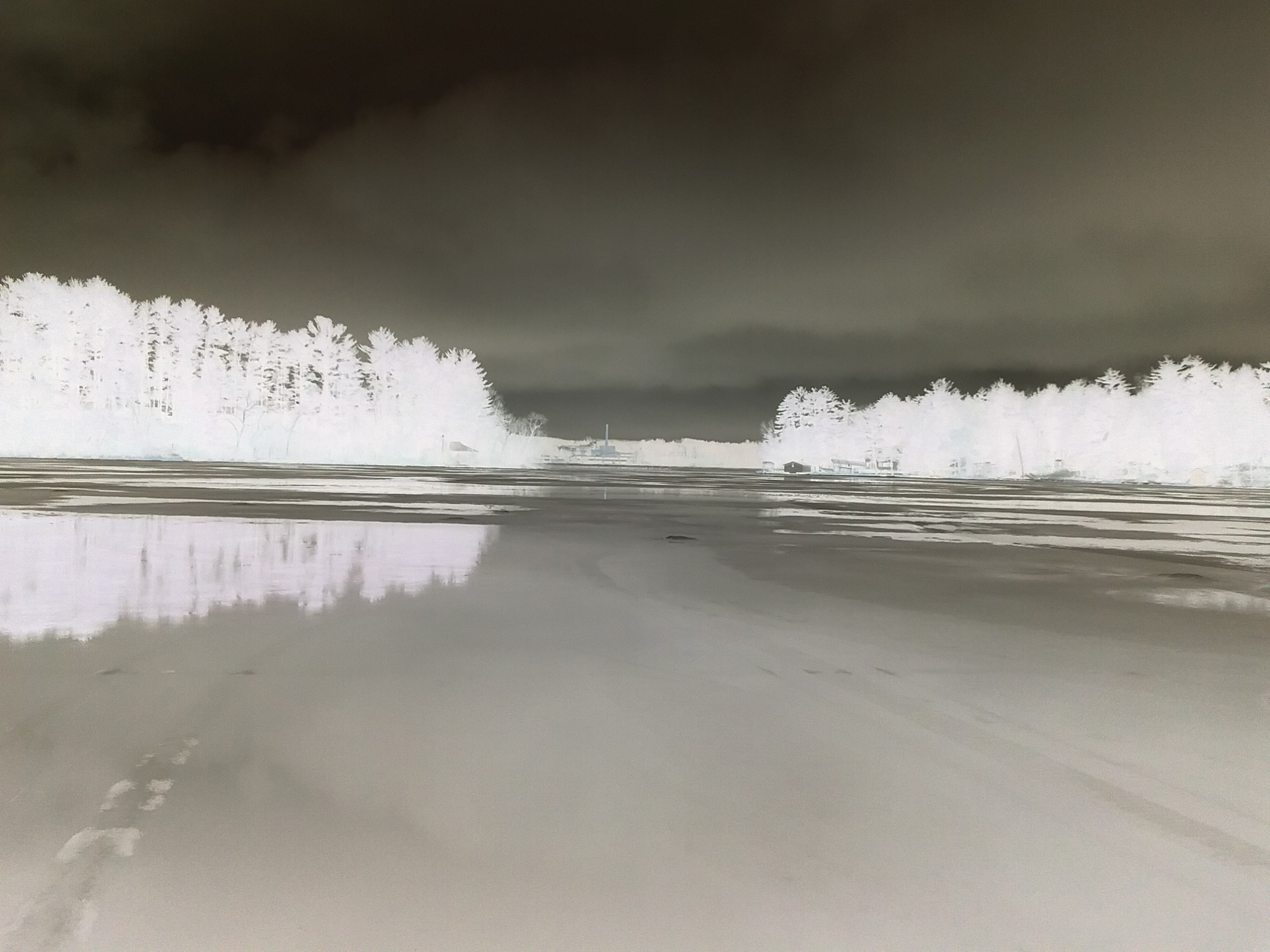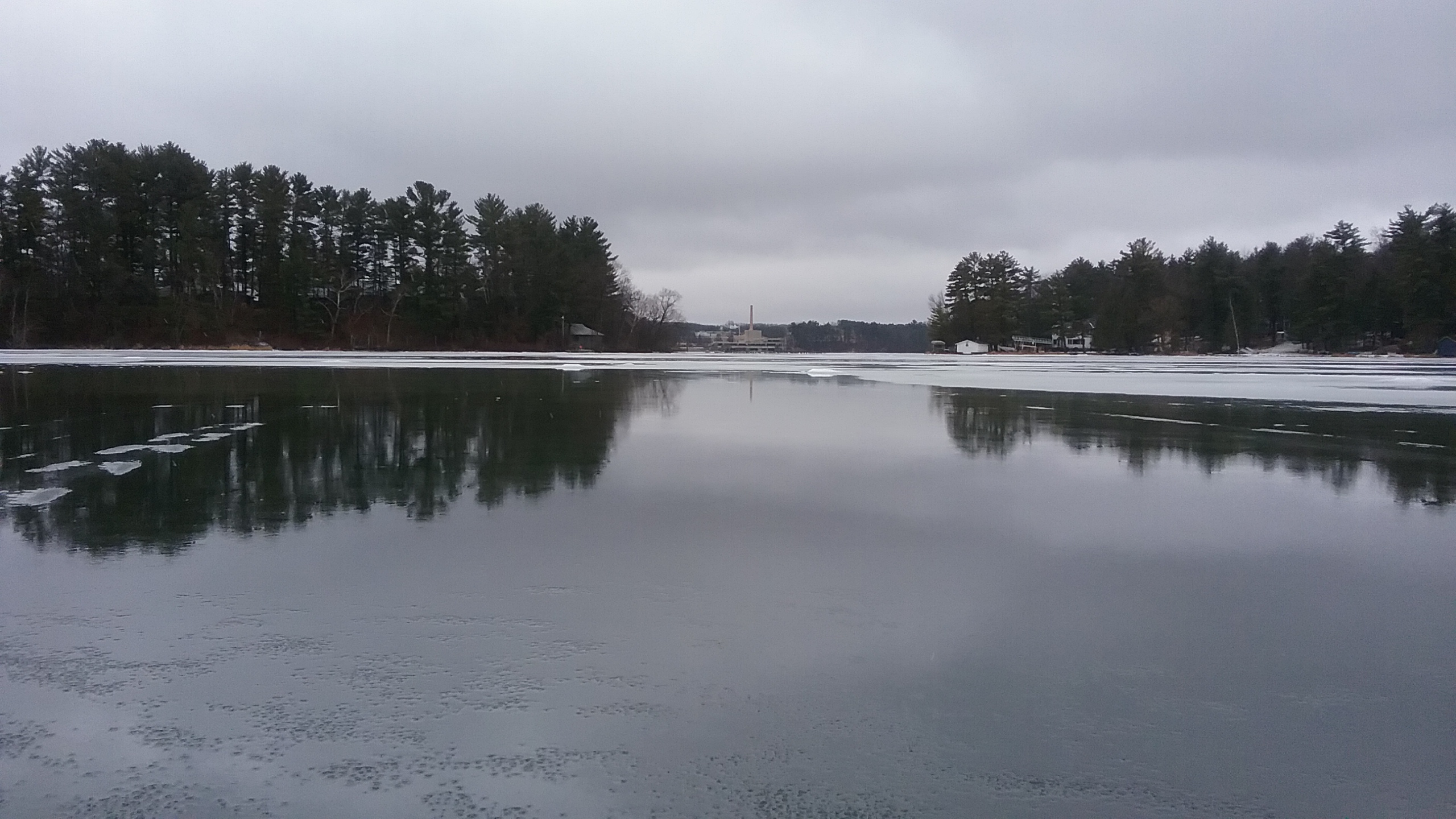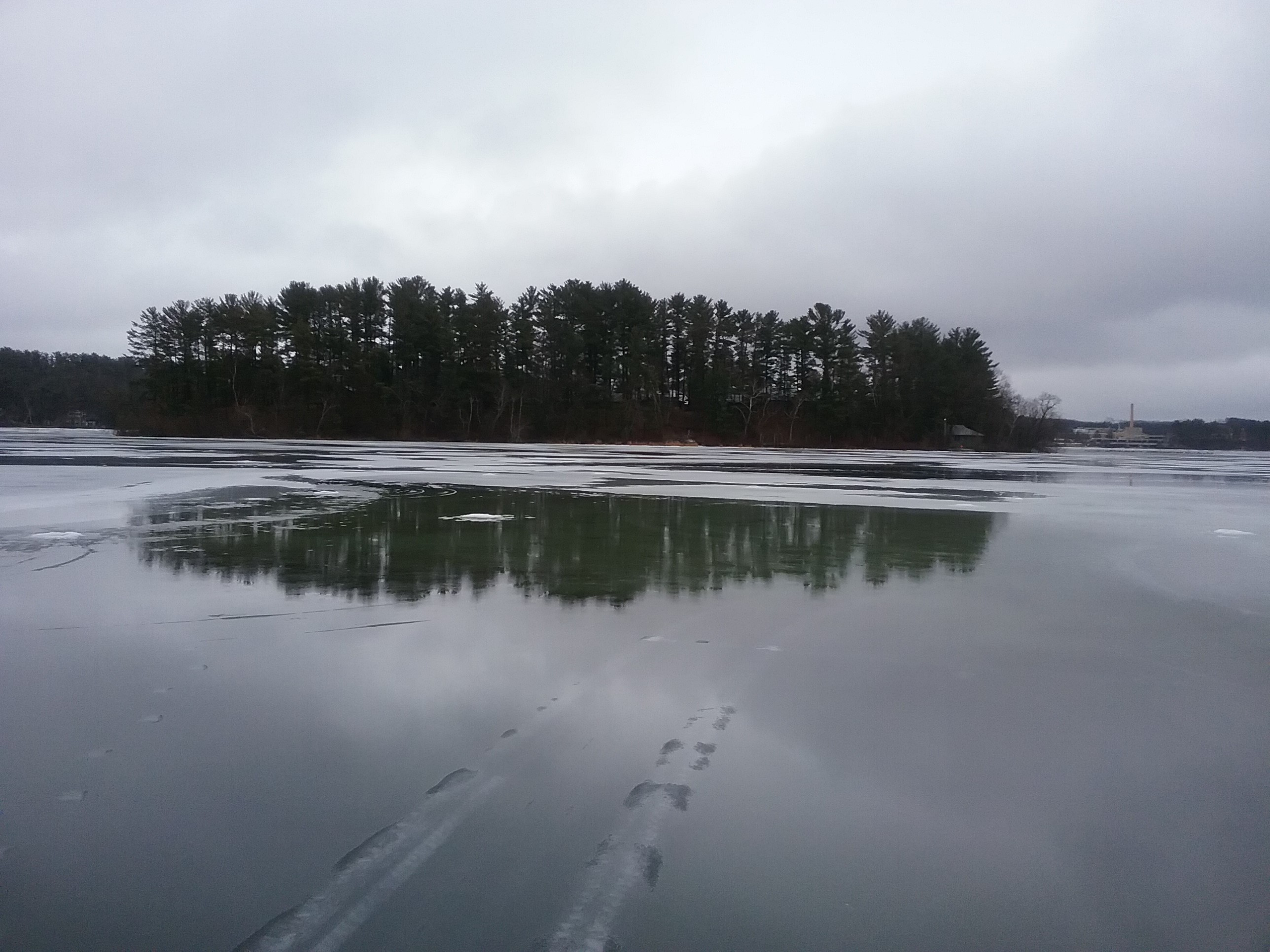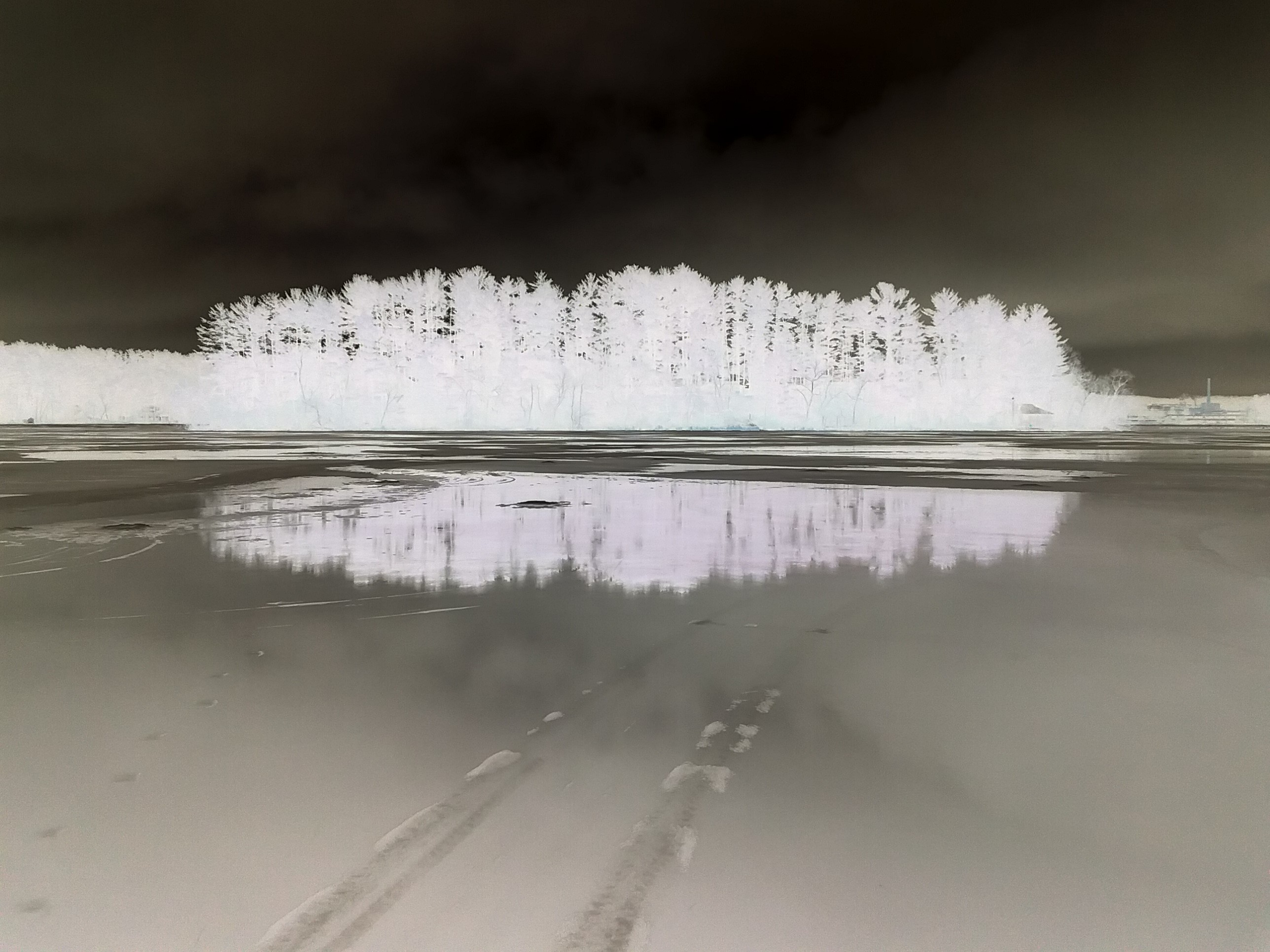Pollution
Great Pacific Garbage Patch | National Geographic Society
The Great Pacific Garbage Patch is a collection of marine debris in the North Pacific Ocean. Marine debris is litter that ends up in oceans, seas, and other large bodies of water. . The Great Pacific Garbage Patch, also known as the Pacific trash vortex, spans waters from the West Coast of North America to Japan. The patch is actually comprised of the Western Garbage Patch, located near Japan ...

North Atlantic garbage patch - Wikipedia
The North Atlantic garbage patch is an area of man-made marine debris found floating within the North Atlantic Gyre, originally documented in 1972. Based on a 22-year research study conducted by the Sea Education Association, the patch is estimated to be hundreds of kilometers across in size, wi

What Is Pollution? - WorldAtlas
Water pollution is a significant cause of death in most developing countries. Noise pollution often results in hearing loss, stress, sleeping problems, and even high blood pressure. Environmental pollution caused by chemicals like lead and mercury mostly lead to developmental problems in children and health complications in adults.

Ocean pollution | National Oceanic and Atmospheric ...
Pollution that comes from a single source, like an oil or chemical spill, is known as point source pollution. Point source pollution events often have large impacts, but fortunately, they occur less often. Discharge from faulty or damaged factories or water treatment systems is also considered point source pollution.
1.1M views
YouTube21:55
Plastic debris in the ocean can accumulate in gyres or circulating ocean currents. This debris attracts other marine pollutants and continues to grow as more plastics make their way into the gyre, creating large marine trash vortexes. The largest of these is known as the Great Pacific Garbage Patch.
